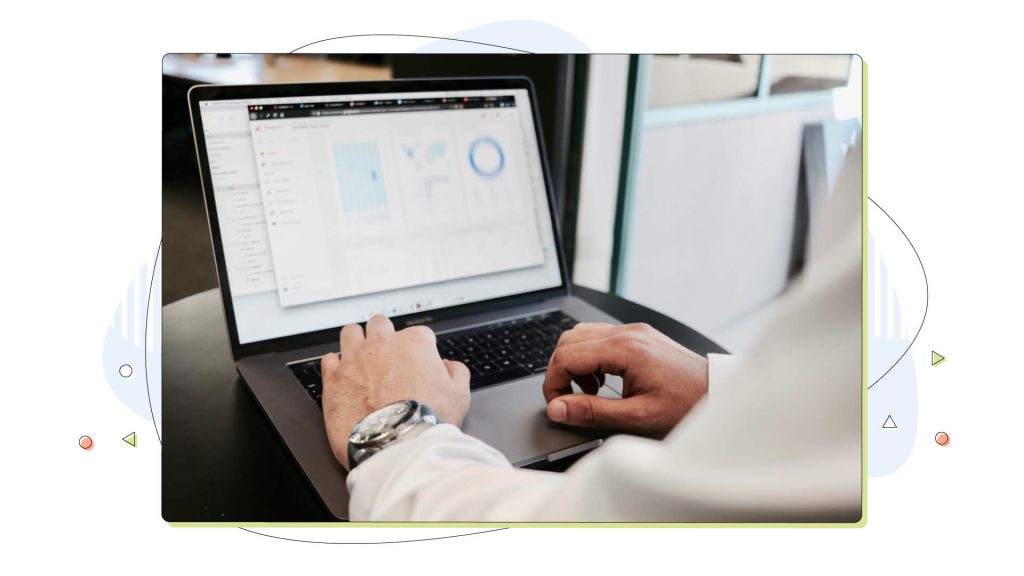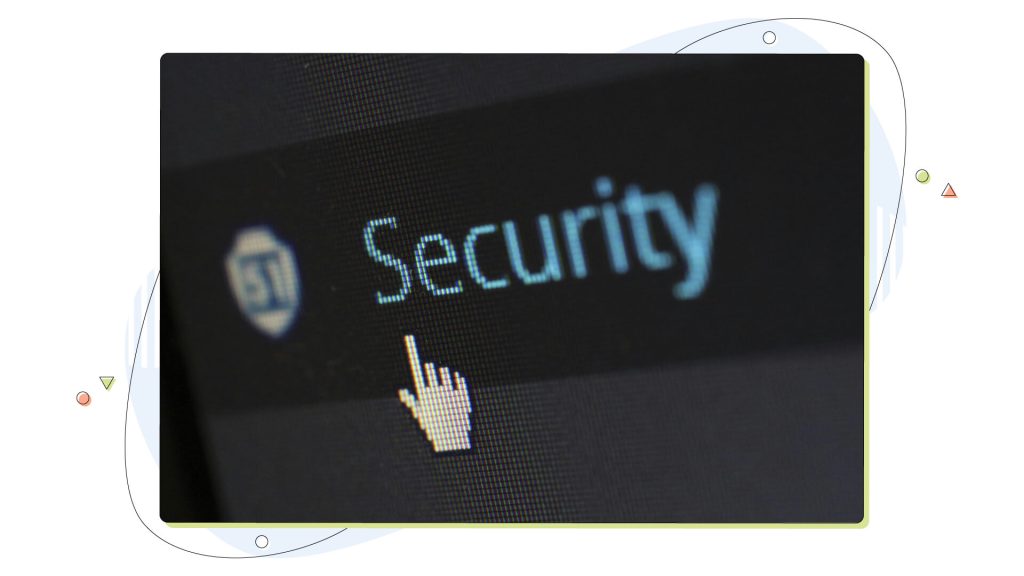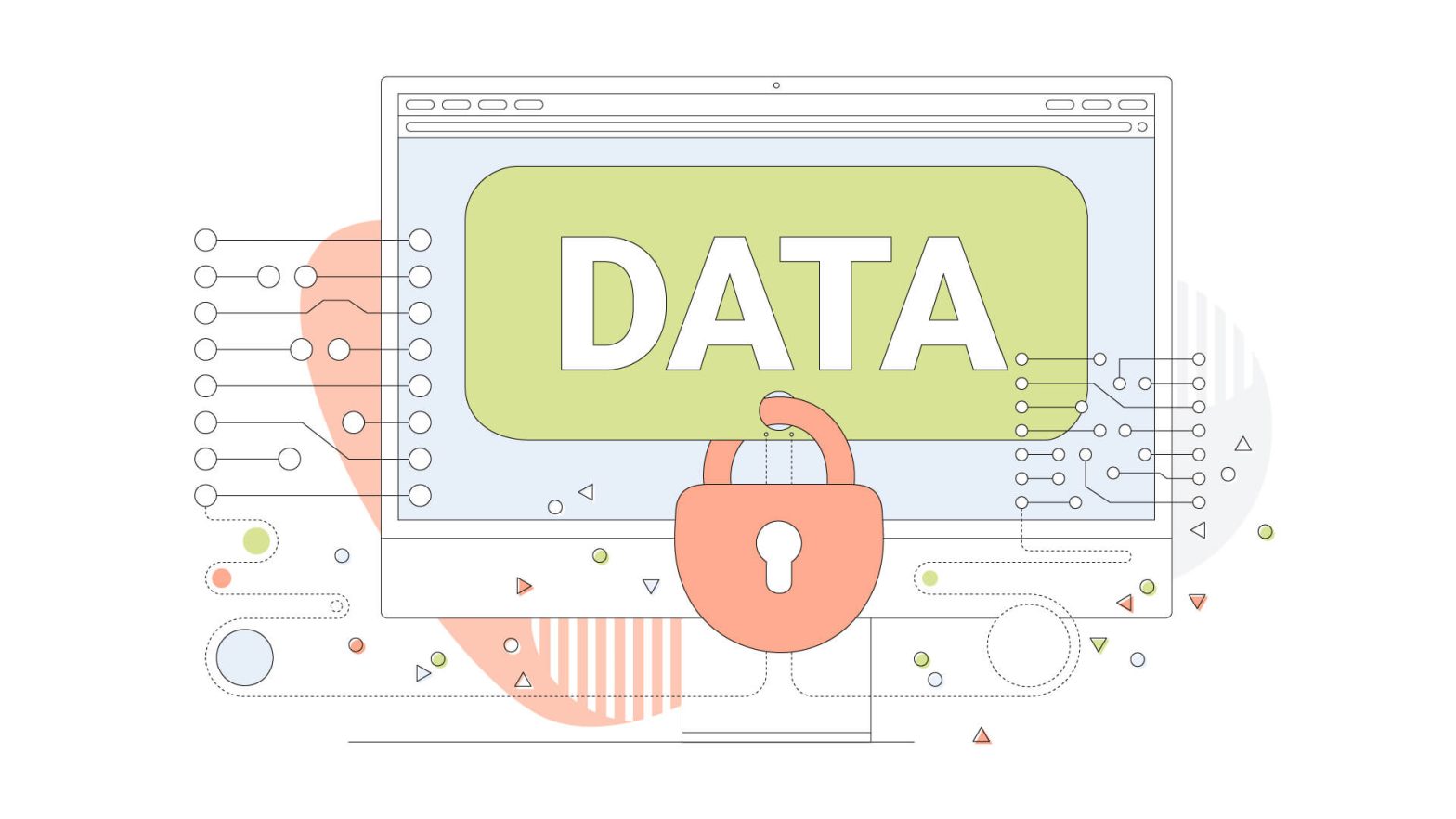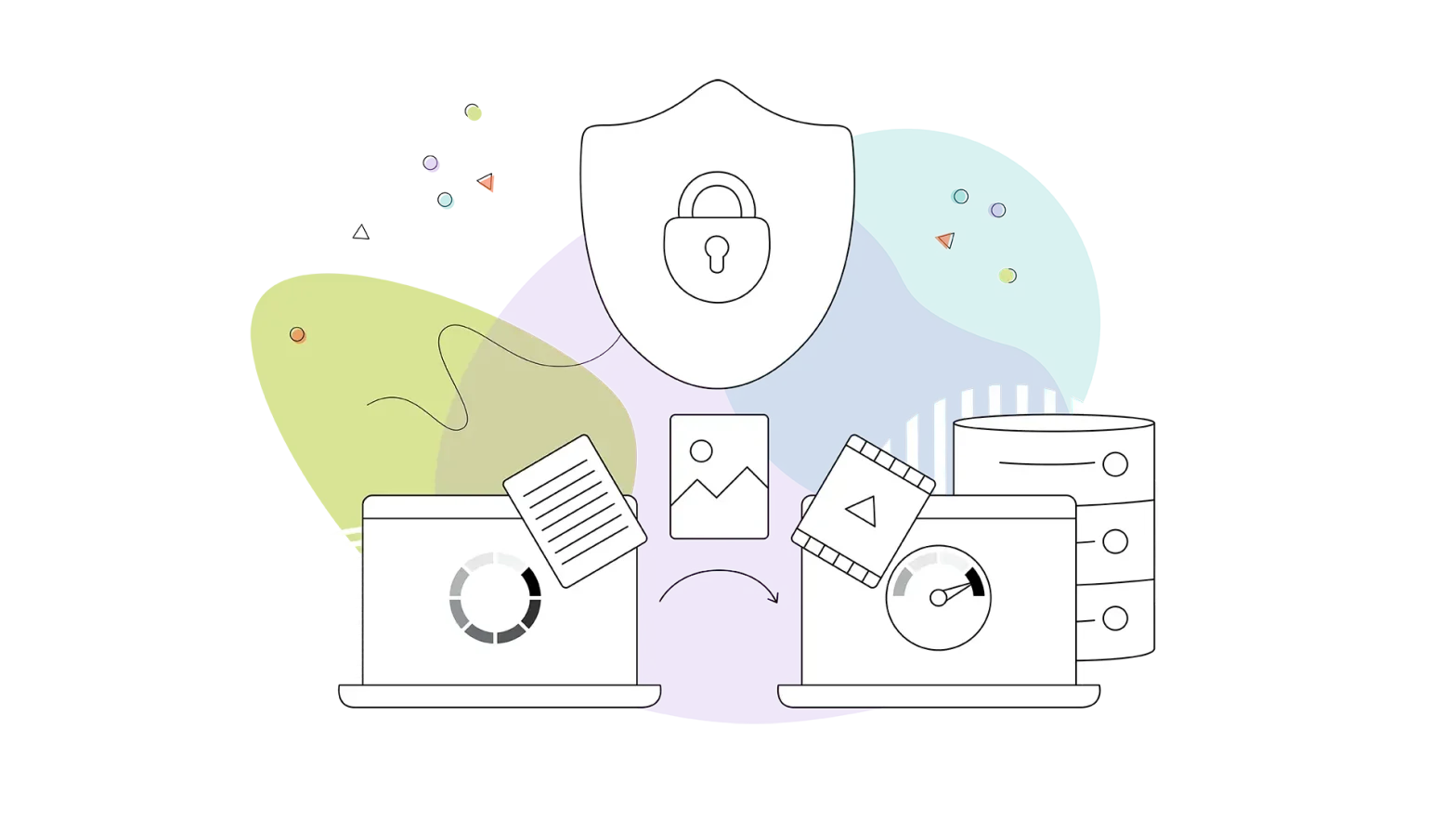As an employer, you have responsibilities and obligations towards your employees. You have to ensure they’re working in a safe environment, for example, or that they aren’t enduring discrimination or unfair working practices.
In today’s data-driven business world, it’s becoming clear that protecting employees’ data should be added to this list.
Employers tend to hold a lot of information about their employees. After all, can you imagine trying to run a business without storing employee contact details or payment information?
This kind of information, however, can be pretty damaging if it falls into the wrong hands. You’ve got a responsibility to make sure that doesn’t happen – a responsibility enforced by regulations in the EU, the US and Canada. Failing to protect employee data can prove costly.
So, how can you ensure your employee data is as secure as possible?
Read on to discover our employee data protection best practices.
- Why Is Employee Data Protection Important?
- Employee Data Protection: 5 Best Practices
- Employee Data Protection: Every Organization’s Responsibility
Why Is Employee Data Protection Important?
Many fundamental business practices, from payroll processing to remote work communication, would be impossible without employee data.
Essentially, employee personal data describes any personal information that an employer collects and stores about its employees.
At its simplest, employee data includes everything from employee names to home addresses. However, employers also collect more sensitive information, such as financial information, such as employees’ social security numbers or bank details. For example, to ensure accuracy and prevent fraud, employers may use a Match SSN and Last Name process to verify the identity of their employees when handling sensitive data.
Many employers will also hold sensitive medical information and criminal history data about their employees.
In an increasingly sophisticated technological business environment, many employers are collecting biometric data, such as employees’ fingerprints and iris scans. Electronic signatures are often stored, too.

It’s a lot of data.
And while it’s absolutely necessary that you collect this data as part of your human resources management process, you have to make sure that third parties can’t access the information.
By failing to protect your employees’ data properly, you risk exposing them to fraudulent activity or financial crime.
The moral case for employee data protection should – therefore, be pretty clear. But if you need more persuasion as to why employee data protection is so important, just look at the regulations surrounding employee data.
Perhaps the most famous and wide-ranging data protection law is the General Data Protection Regulation (GDPR). Affecting any organization that does business in the EU or deals with EU residents, GDPR views employee data like customer data.
That means that employees have the right to access their data and be informed about how it’s used while ensuring that employers properly secure it. Companies that fail to comply with GDPR are regularly the subject of fines. You could be charged 4% of annual turnover if you don’t protect employee data.
If you exclusively do business in the US, you still have a regulatory incentive to secure your employee data.
Laws such as the California Consumer Privacy Act (CCPA) protect the rights of employees when it comes to personal data. At the same time, the Health Insurance Portability and Accountability Act (HIPAA) ensures that employers safeguard access to employee health records.
Employee data privacy is of utmost importance. If you want to avoid hefty fines or regulatory action while also building trust with your employees, your data protection practices must be up to scratch.

Employee Data Protection: 5 Best Practices
Given just how much employee data we rely on in our day-to-day operations, it’s unsurprising that many companies find it difficult to keep all their data secure.
That’s why following our five best practices for employee data protection can help. These principles can be used across your organization to ensure that every employee can be confident that their personal and sensitive data is as secure as possible:
1. Consider Which Regulations You Must Follow
When you’re evaluating your data protection procedures and policies, the first thing that you should do is have a clear understanding of your legal obligations.
This should only ever be seen as the minimum expectation. However, complying with the right regulations is a great place to start when changing your approach to data protection.
Make sure to read the small print when it comes to data privacy regulations.
Don’t assume that you don’t have to follow GDPR, for instance, just because you’re not based in the EU – any company that does business in Europe or that has European customers or employees must follow GDPR.
Regardless of which specific laws you’re bound by, an underlying principle shared by GDPR and CCPA – as well as other data privacy laws – is that employee data should be treated the same as customer data. This means that you have a duty to inform employees about their data and why you’re using it. You’re also obliged to securely protect that data and provide them with access if they request it.

2. Implement Data Protection Policies
Once you’ve got a good understanding of your obligations, it’s time to turn this into specific data protection policies.
These set out in writing exactly what data you collect on employees, how you’ll collect and store it, and why you use it. You’ll also want to outline who this data will be shared with.
Creating and implementing data protection policies will help you stay compliant while also ensuring that employees can access documents that explain why and how their data is used, including data stored in data warehousing systems.
This will increase trust and help employees handling data know what they have to do.
An important principle that you should include in your policies is minimal access. This is when only people who absolutely have to access data are allowed to.
For example, a cloud call centre shouldn’t show the contact details of every employee using it to other employees. Minimal access will mean that you can protect employee data without hindering your business operations.
3. Support Your Policies With Security Measures
Of course, policies won’t mean anything if they’re not supported by security measures that protect against cyberattacks or unauthorized access.
HostPapa’s Protection Power suite keeps your website safe and secure with proactive monitoring and guaranteed malware removal and protection. This safety mechanism is essential in protecting your online presence from increasing cybersecurity threats.
This means that cloud servers used to store employee data, as well as software like HRIS, which stores and retrieves employee information, should be placed behind firewalls and protected by multi-factor authentication.
You’ll also want to make sure that you’ve encrypted the most sensitive information, such as financial data and healthcare records. Even if your organization suffers a cybersecurity breach, hackers would need a separate key to access that information.
In addition to these security measures, consider implementing additional cyber security tips, such as regularly updating your software and security systems, educating your employees about phishing scams and malware, and implementing strong password policies.
4. Make Sure Your Employees Are Up To Speed
These best practices for employee data protection will be useless if they’re only followed by the organization’s specific data protection officer.
Protecting employee data should be the collective responsibility of everyone who comes into contact with it. So, offer business-wide training that educates employees on how to secure company data.

Try to perform this training at regular and repeated intervals.
It will ensure that your data protection practices stay in your employees’ minds. More importantly, however, it will allow you to adapt your training to any changes to your data protection policy or any challenges.
That’s especially important in the world of data protection.
New technology can change the necessary security measures that your company should take, while changes to regulations could force you to update your policies.
5. Perform Consistent Security Audits
Finally, you should consistently check that your employee data protection practices are effective, up-to-date, and compliant with regulations.
While our tips will give you the best chance to make sure that your approach meets these criteria, you should use a security audit to be certain that your employee data is safe and secure.
These audits should go through every place where employee data is stored. Usually, that’s located on a cloud-based server.
However, companies that use a hybrid integration storage model will have to analyze both cloud and physical storage facilities. Check that the data is encrypted effectively and that they’re securely protected.
Just like with your training, your security audits will have to be completed regularly. Only then can you be confident that your employees’ data is protected from cyberattacks and unnecessary access.
Employee Data Protection: Every Organization’s Responsibility
Regardless of your industry or sector, you’re responsible for the data you collect on your employees.
Regulations such as GDPR and CCPA mean that you have to ensure that health, financial, and personal information is protected and secure.
By following our five best practices — following regulations, implementing policies, using strong security, training employees, and performing audits — you can be confident that your employees’ data is as secure as possible.
Enjoyed this in-depth blog from HostPapa?
Treat your business with a new Managed WordPress hosting or a VPS hosting solution, now selling for unbeatable prices you can’t resist!




